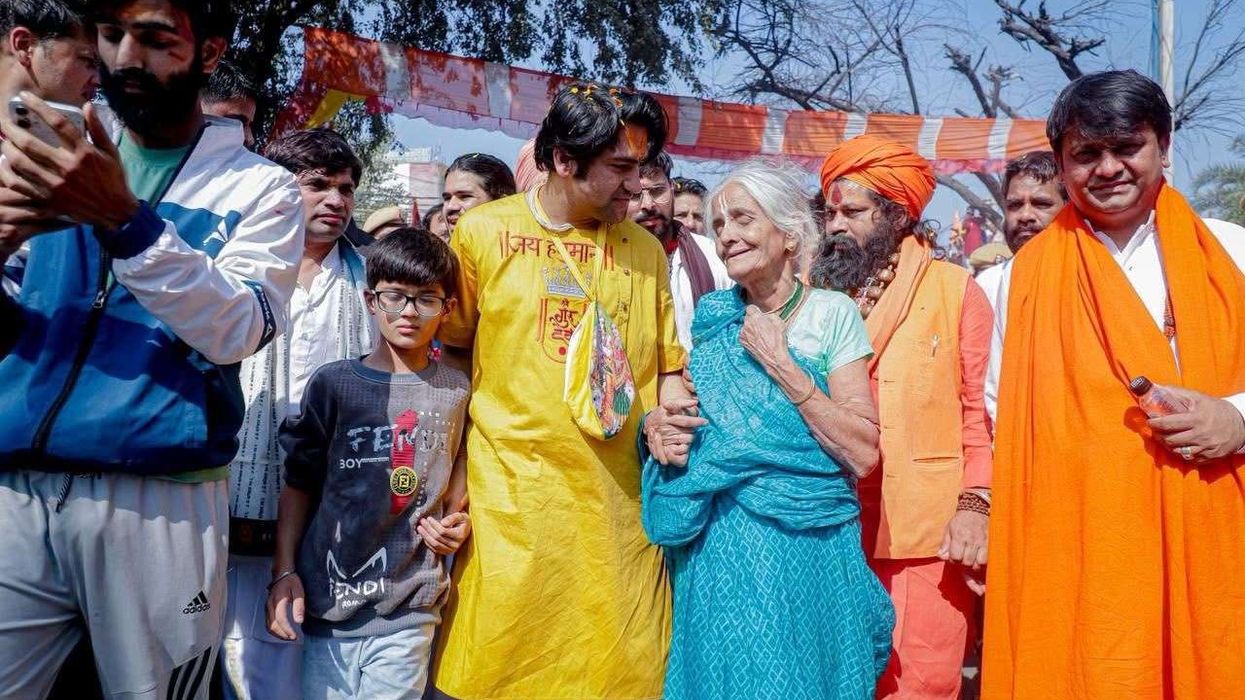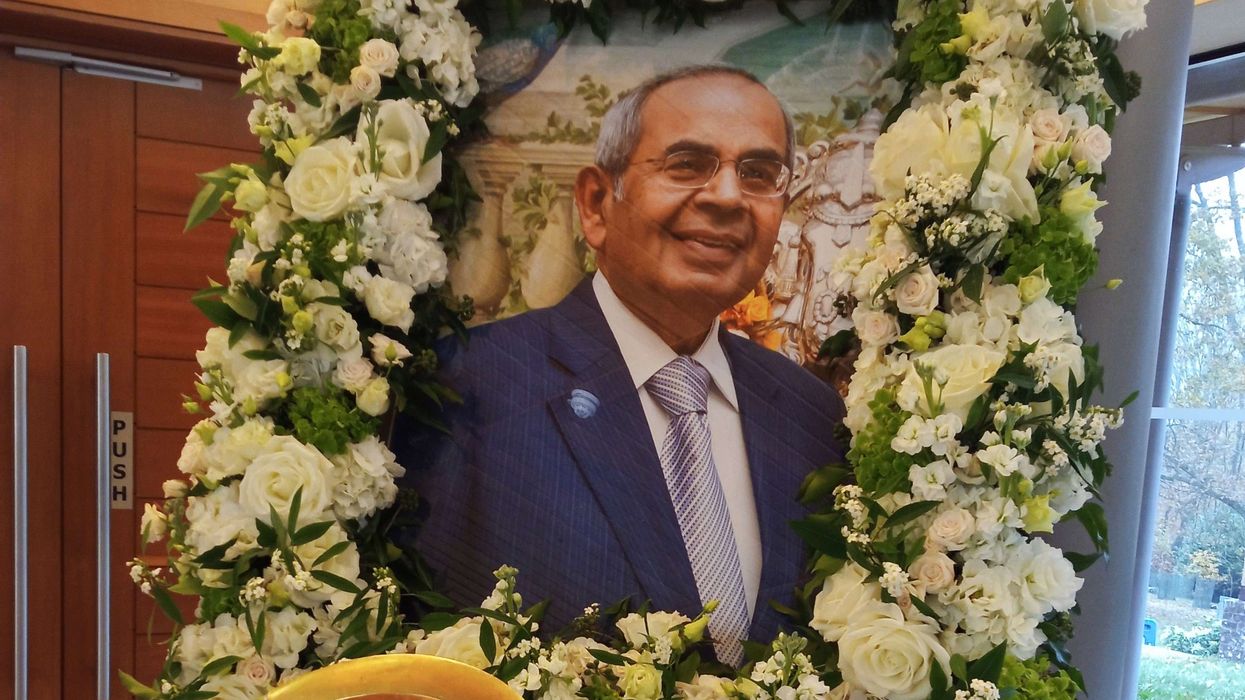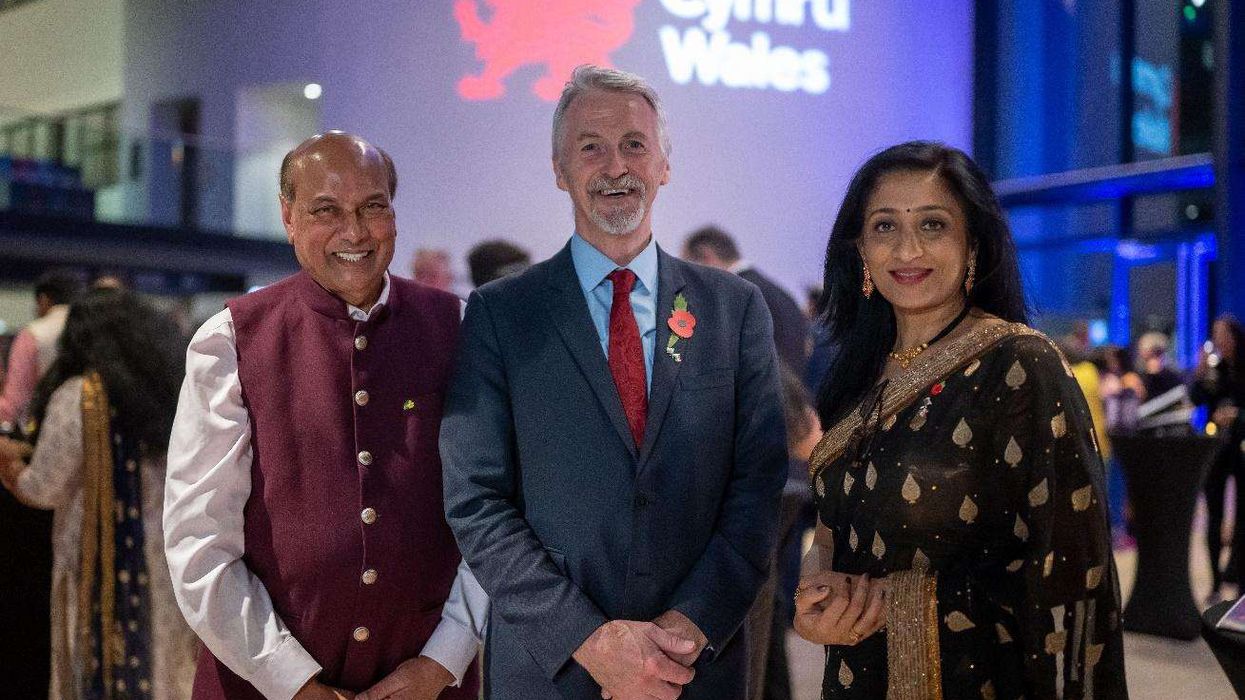A WATCHLIST OF THE LEGENDARY STAR’S MOST MEMORABLE MOVIES AHEAD OF HIS NEW RELEASE VIKRAM
LEGENDARY actor Kamal Haasan makes a welcome return with big budget film Vikram.
He stars alongside popular stars Vijay Sethupathi and Fahadh Faasil in the dark Tamil action thriller, which will also have dubbed versions released in various other languages. The explosive film adds to an impressive body of work for the unstoppable 67-year-old cinema icon, who has been entertaining audiences ever since he made his debut as a six-year-old in 1960.
Eastern Eye got ready for blockbuster release Vikram by taking on the impossible task of preparing a watchlist of the actor’s 20 most memorable movies, listed in chronological order.
Apoorva Raagangal (1975): The visionary actor started taking risks very early in his career and that was perfectly illustrated by this unique cross-generational romantic drama. He plays a man who falls for a much older woman, while her daughter gets drawn to his father. The film won multiple honours, including a National and Filmfare South Best Film in Tamil. The portrayal resulted in him winning his first Filmfare Award in Tamil. Interestingly, it marked the cinematic debut of south Indian superstar Rajinikanth in a supporting part and was remade in Bollywood as Ek Nai Paheli (1984), with Haasan reprising his role.
Sigappu Rojakkal (1978): Another early indicator in the actor’s career as a leading man that he would do things differently was this Tamil psychological thriller, which earned him a fourth consecutive Filmfare Best Actor Award. He plays a suave serial killer in the film, which was later remade in Bollywood as Red Rose (1980) with Rajesh Khanna in the lead role.
Ek Duuje Ke Liye (1981): In 1978, Kamal Haasan had starred in Telugu film Maro Charithra and then reprised his role in the incredibly successful Bollywood remake, which elevated the cross-cultural romantic tragedy further. He stars opposite Rati Agnihotri in the story of two individuals from very different backgrounds, who fall in love. The film includes classic song Tere Mere Beech Main.
Moondram Pirai (1982): The actor won the first of his three National Best Actor Awards for his portrayal of a schoolteacher caring for an amnesia patient. He stars opposite Sridevi in the stunning Tamil language drama, and both would reprise their roles in hit Bollywood remake Sadma (1983) a year later.
Sagara Sangamam (1983): The Telugu language drama about a disillusioned dancer on a destructive path, who finds a ray of hope, won multiple honours, including best actor awards for Haasan. It would later be dubbed in Malayalam and Tamil, respectively, with Hasaan lending his voice to all three versions. The film would later inspire Telugu language drama Majili (2019), which used cricket instead of dance as the central theme.
Saagar (1985): The love triangle saw Haasan star alongside Dimple Kapadia and Rishi Kapoor. The actor made such a huge impact in the hit film that he won a Filmfare Best Actor award and gained a nomination in the Best Supporting Actor category too. The film would be India’s official entry for the Oscars in the Best Foreign Language category in 1985.
Swati Mutyam (1986): The actor delivered an award-winning performance in the Telugu film, which would also be India’s official entry for the Oscars in the Best Foreign Language category. The story of a simple kind-hearted villager with a low intellect, who helps a young widow, was remade as Bollywood film Eeshwar (1989) with Anil Kapoor in the lead and as Kannada drama Swathi Muthu (2003).
Nayakan (1987): The actor won his second National Best Actor Award for his stunning portrayal of a slum dweller, who becomes a feared gangster. The movie, which was submitted by India for the Oscars, was later remade in Bollywood as Dayavan (1988) with Vinod Khanna in the lead role. Nayakan would make it into Time Magazine’s all-time 100 movies list in 2005.
Pushpaka Vimana (1987): This film may not rank up there with the actor’s big blockbusters but deserves a place in his top 20 for its sheer inventiveness. The black comedy about an unemployed graduate who attempts to take over the life of a wealthy man broke all the conventional rules of a commercial Indian film and had no dialogues. That didn’t stop it from becoming a runaway success and winning multiple awards.
Apoorva Sagodharargal (1989): This Tamil language masala entertainer was another unique project that took Haasan way out of his comfort zone and won great acclaim, including a Filmfare South award for Best Tamil Film. He plays a triple role in the film, which includes twins separated at birth and one being a dwarf. The resounding success was later dubbed in Telugu and Hindi.
Thevar Magan (1992): The actor wrote, produced, and starred in this super hit Tamil drama, which was chosen by India as its Best Foreign Language Film entry for the Oscars. The story of a foreign educated man who wants to open a business in the city, but gets drawn into village politics would win five National Awards, including Best Tamil Film. It would later be remade as Bollywood blockbuster film Virasat (1997) with Anil Kapoor in the lead role.
Mahanadi (1994): The powerful crime drama would win the National Award for Best Tamil Film. Apart from playing the lead role, he also wrote the story of a widower whose life falls apart after being conned and his quest to make things right, including taking a bloody revenge.
Kuruthipunal (1995): Haasan wrote, produced, and starred in this hit Tamil thriller, which would be India’s entry for the Oscars. The cult classic about a brave police officer taking on terrorists was also simultaneously made as Telugu version Drohi, with him reprising the same role.
Indian (1996): Haasan would win his third National Best Actor Award for hit Tamil thriller and a Filmfare South Best Actor. India’s Oscar entry in the Best Foreign Language category that year saw him play the double role of an aging ex-freedom fighter turned vigilante and his own corrupt son.
Chachi 420 (1997): The actor headlined hit Tamil comedy Avvai Shanmugi (1996), which was a remake of popular Hollywood film Mrs Doubtfire (1993) and then reprised that same role for this stunning Bollywood remake. He plays a devoted father who will do all he can to spend time with his child after a divorce grants custody to the mother and disguises himself as a female nanny.
Hey Ram (2000): The actor wrote, directed, produced, and starred in this historical crime drama, which was India’s submission to the Oscars. The powerful drama revolving around Partition and its aftermath offers an alternate history of a disillusioned man, intent on killing Mahatma Gandhi, who goes on an emotional journey of redemption. The film includes a winning supporting role from Shah Rukh Khan, who agreed to do the film out of his admiration for Haasan.
Anbe Sivam (2003): There are some films the actor has done that deserve more credit and this Tamil language comedy-drama, hailed by some critics as a modern classic, is one of them. The actor stars alongside R Madhavan in the story of two men with contrasting personalities, taking an unexpected journey, and discovering important life lessons. The film was later dubbed in Telugu (Sathyame Sivam) and Hindi (Shivam).
Vettaiyaadu Vilaiyaadu (2006): Director Gautham Vasudev Menon delivered a successful police trilogy headlined by different actors and this second one featured Haasan in the lead role. He would win further Best Actor awards for his portrayal of a police officer trying to solve multiple homicides. It was widely praised for being an intelligent police procedural.
Unnaipol Oruvan and Eenadu (2009): Many of the actor’s films have been remade across the decades, but he has also stepped in for adaptations. This includes Tamil comedy Vasool Raja MBBS (2004), which was a great remake of Bollywood film Munnabhai MBBS (2003). His best remake was this clever adaptation of Bollywood thriller A Wednesday (2008). He stars opposite Mohanlal in the films, which were simultaneously shot in Tamil (Unnaipol Oruvan) and Telugu (Eenadu). They collectively managed to elevate the original movie of an anonymous caller who has planted bombs and the police officer on his trail.
Vishwaroopam (2013): It may have caused some controversy upon release, but that didn’t stop the spy thriller filmed simultaneously in Tamil and Hindi from being a big success. The Indian superstar wrote, directed, produced, and starred in the big budget film, which spawned the sequel Vishwaroopam II (2018).
www.easterneye.eu 30 Film June 3, 2022 • Twitter.com/easterneye Facebook.com/easterneye Instagram.com/easterneyenews/ • ww
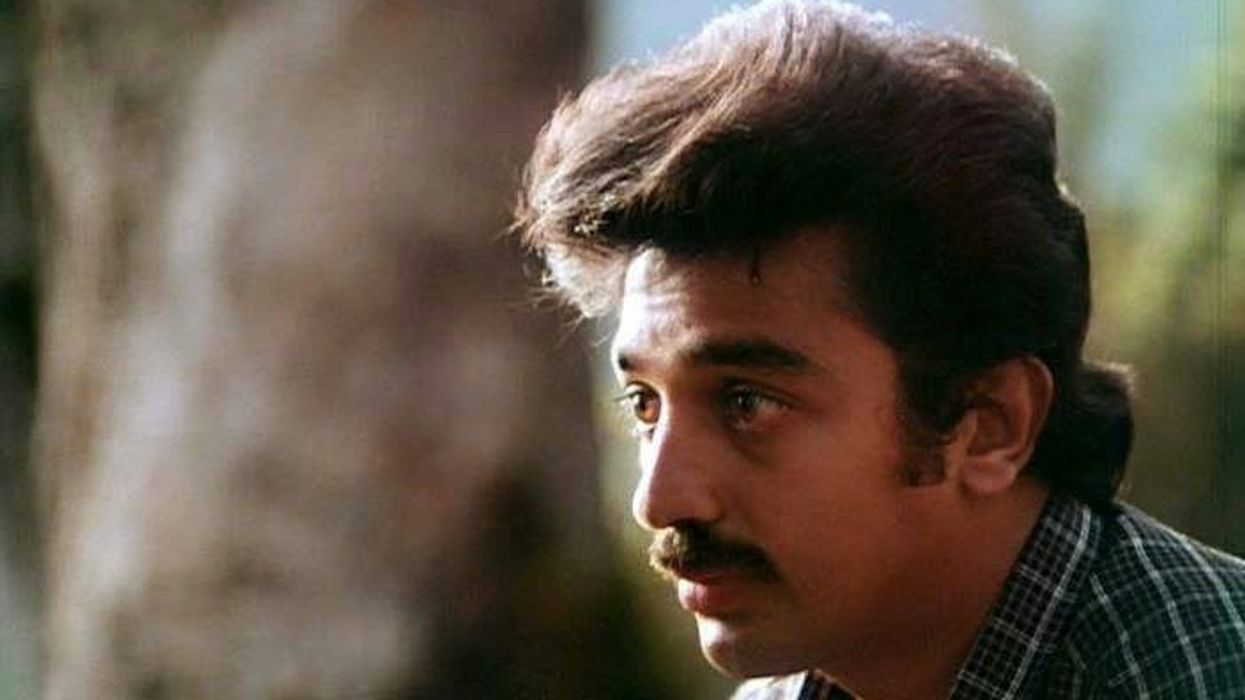
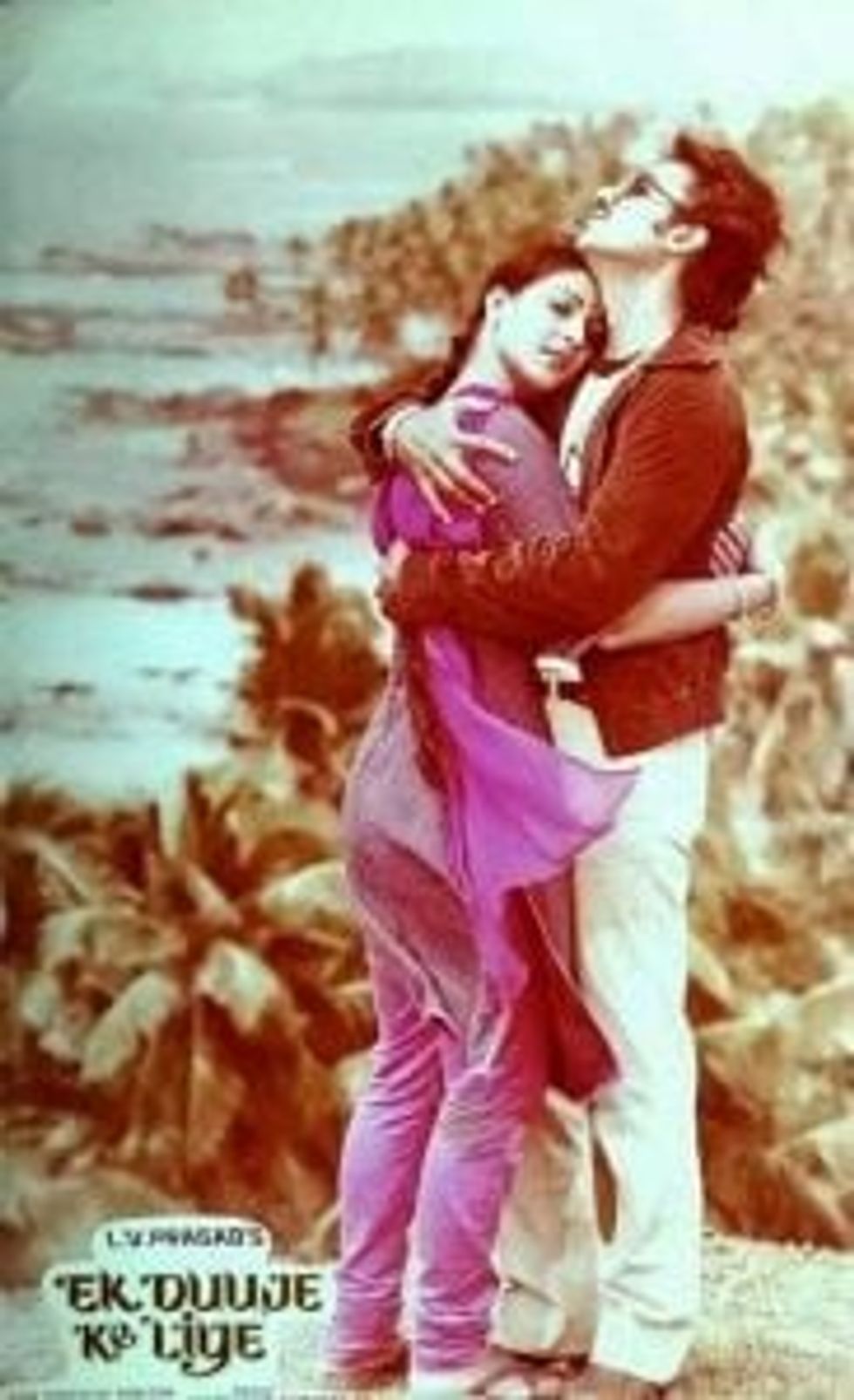
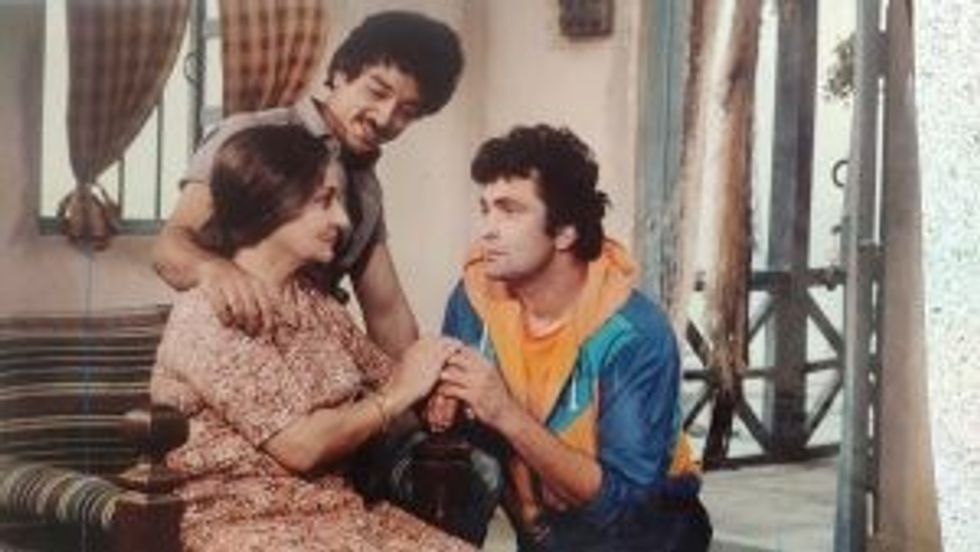
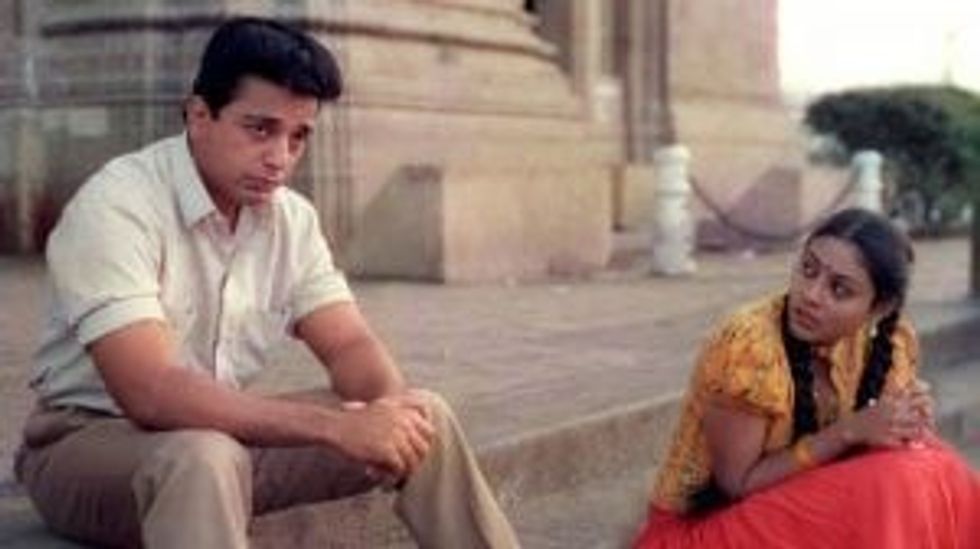
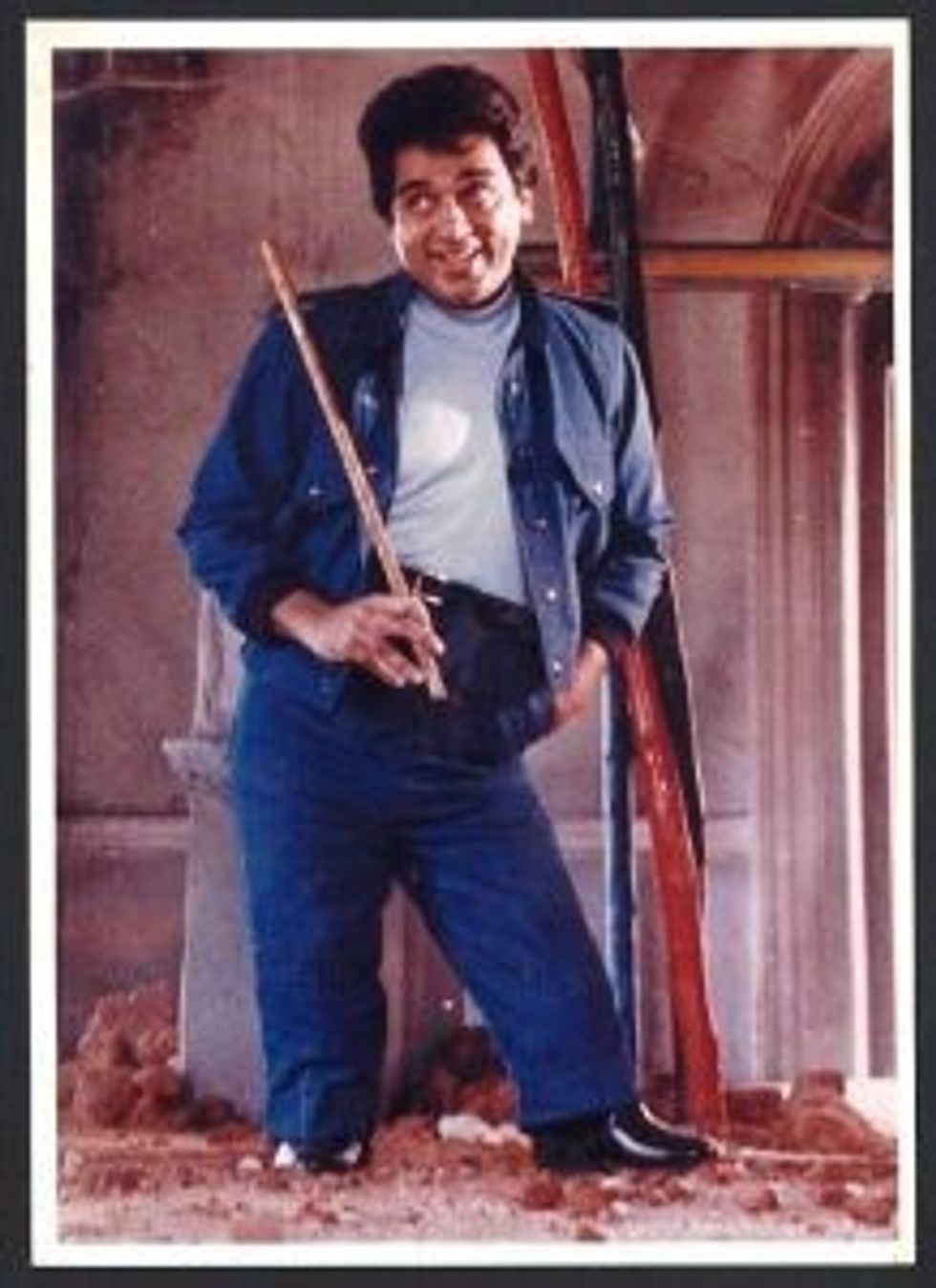
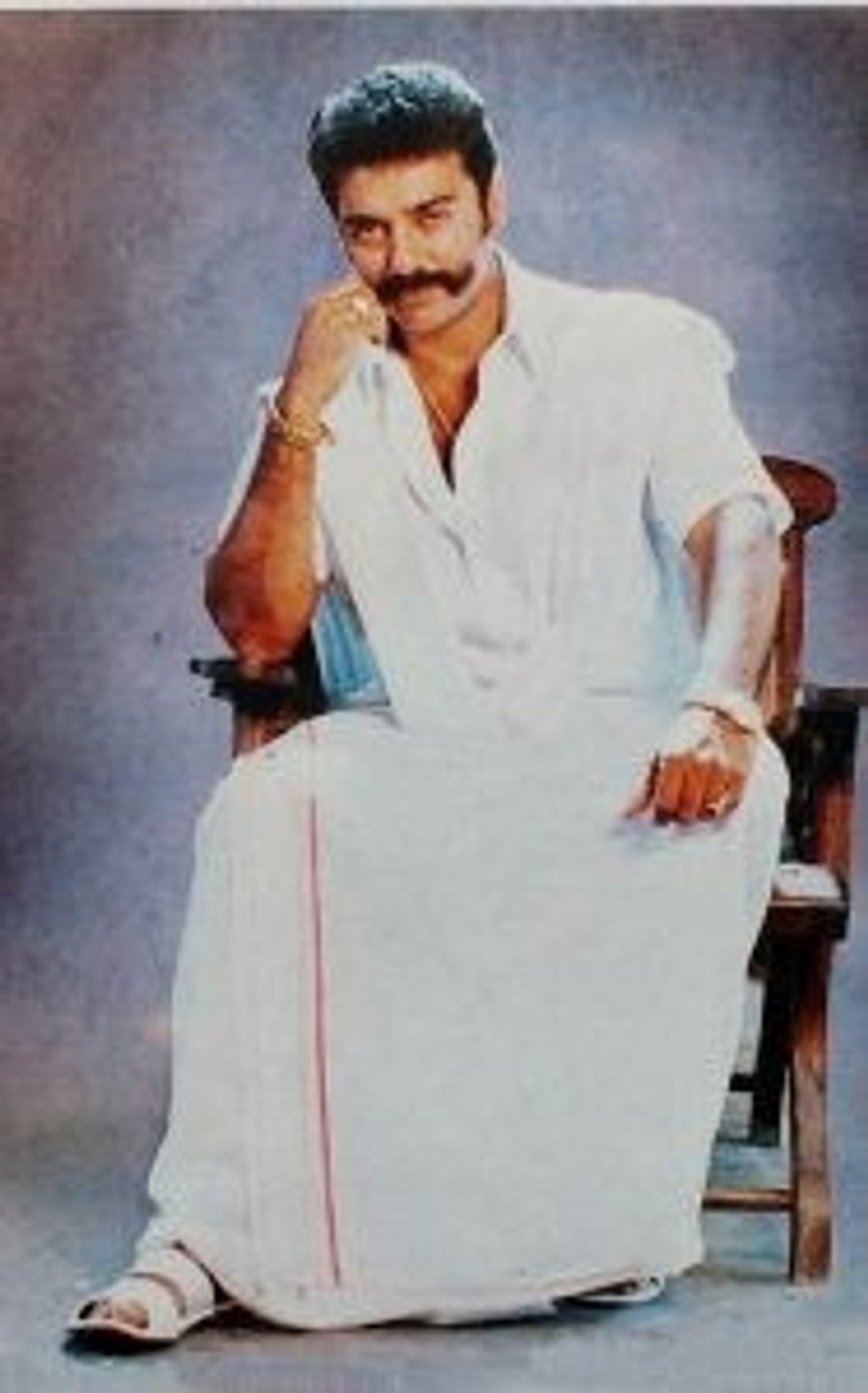
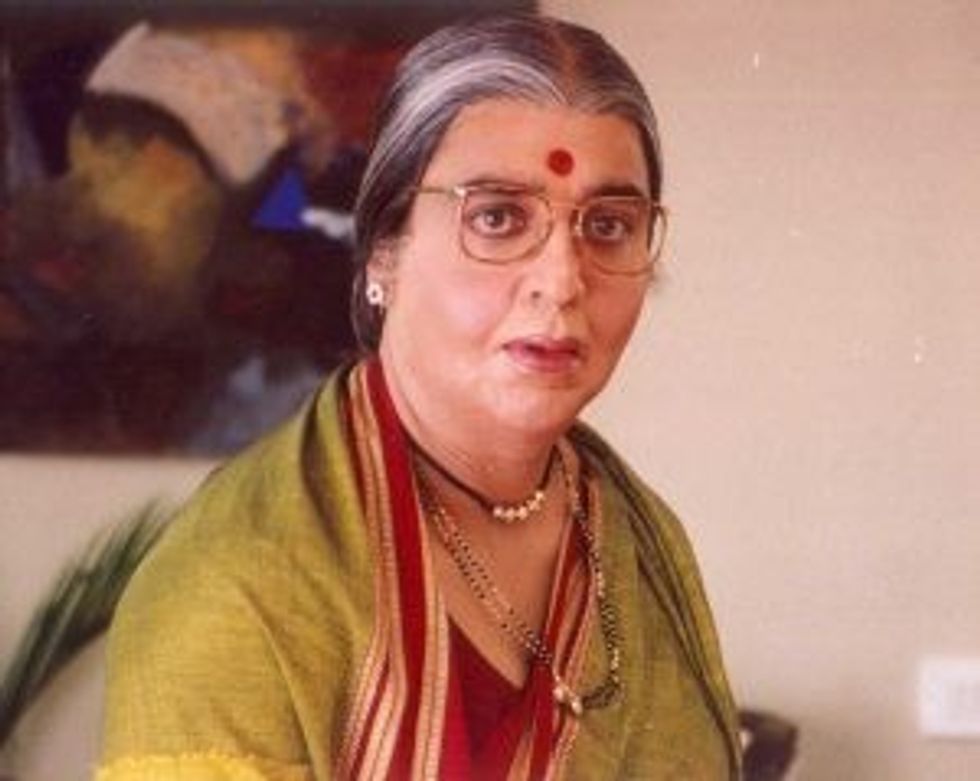
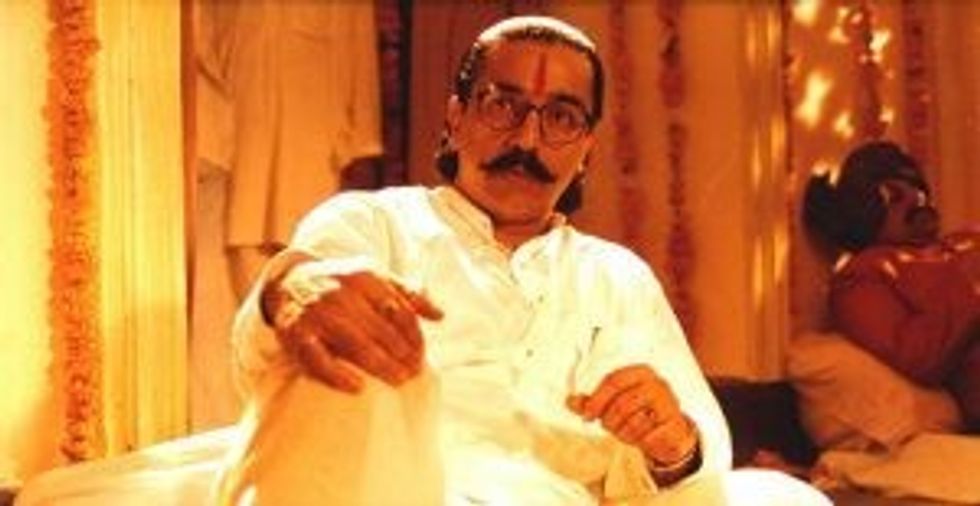
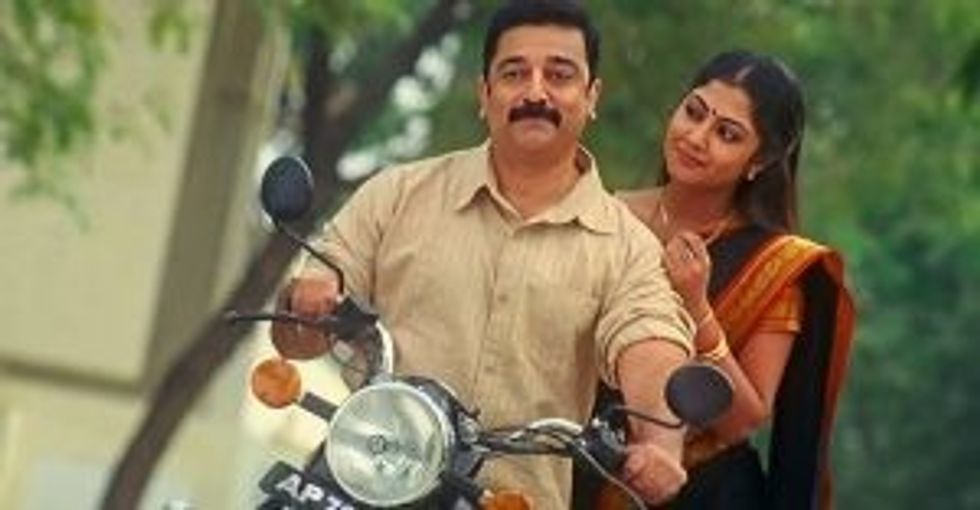





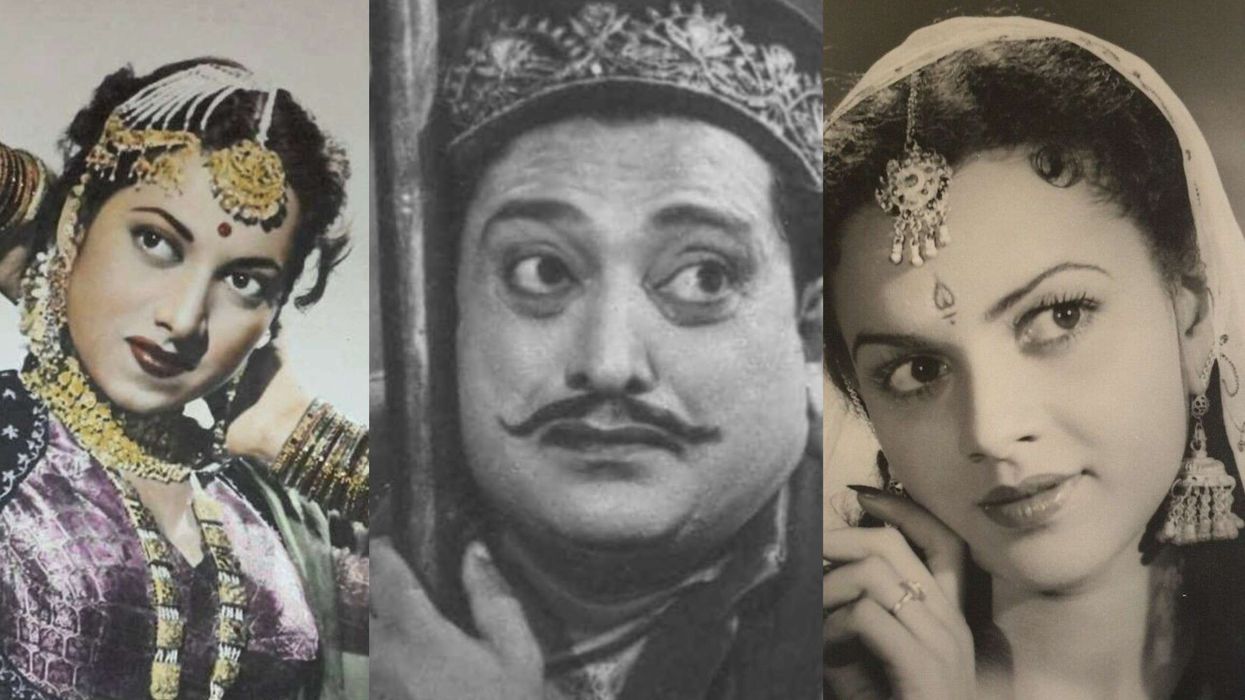
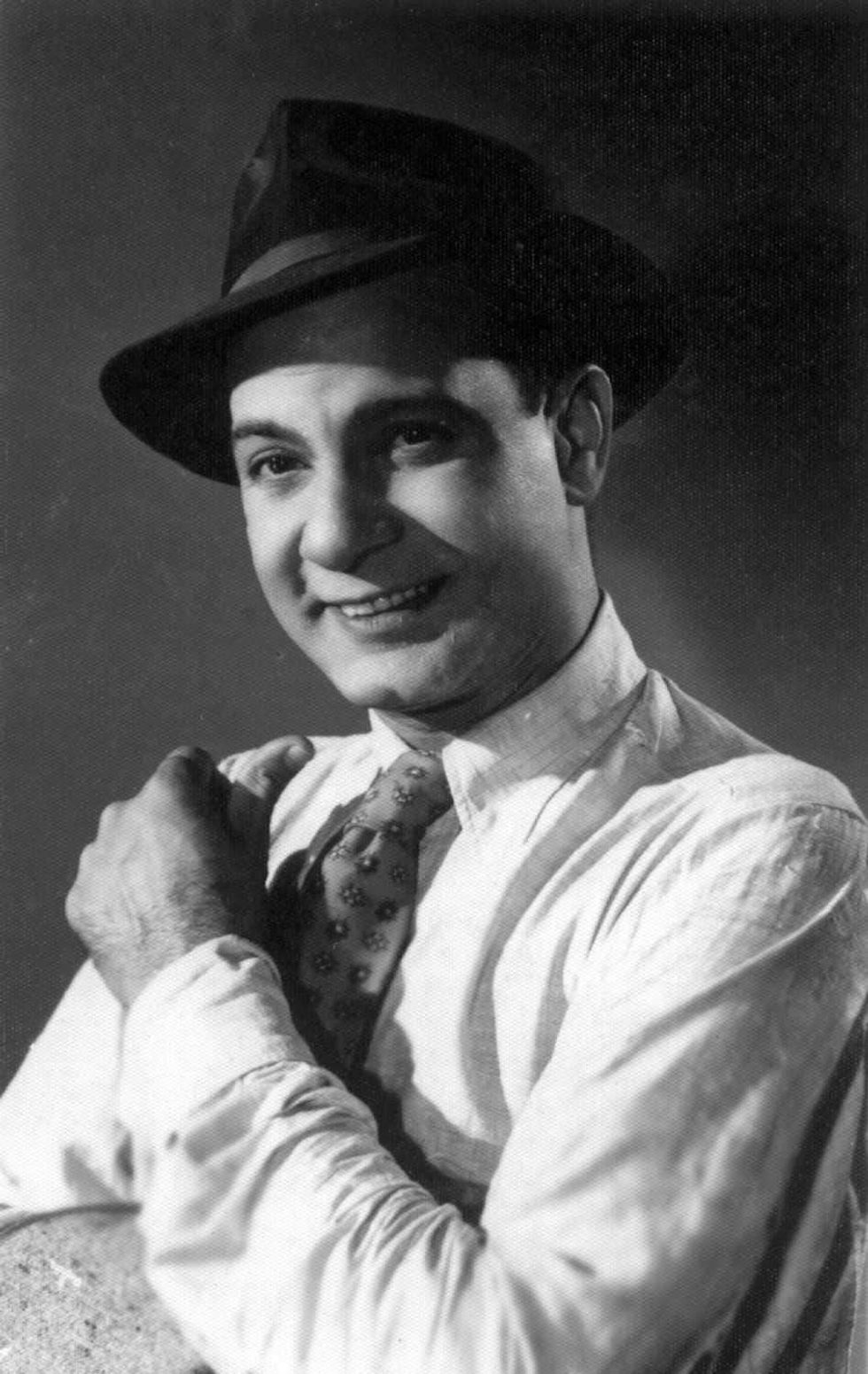 MotilalAMG
MotilalAMG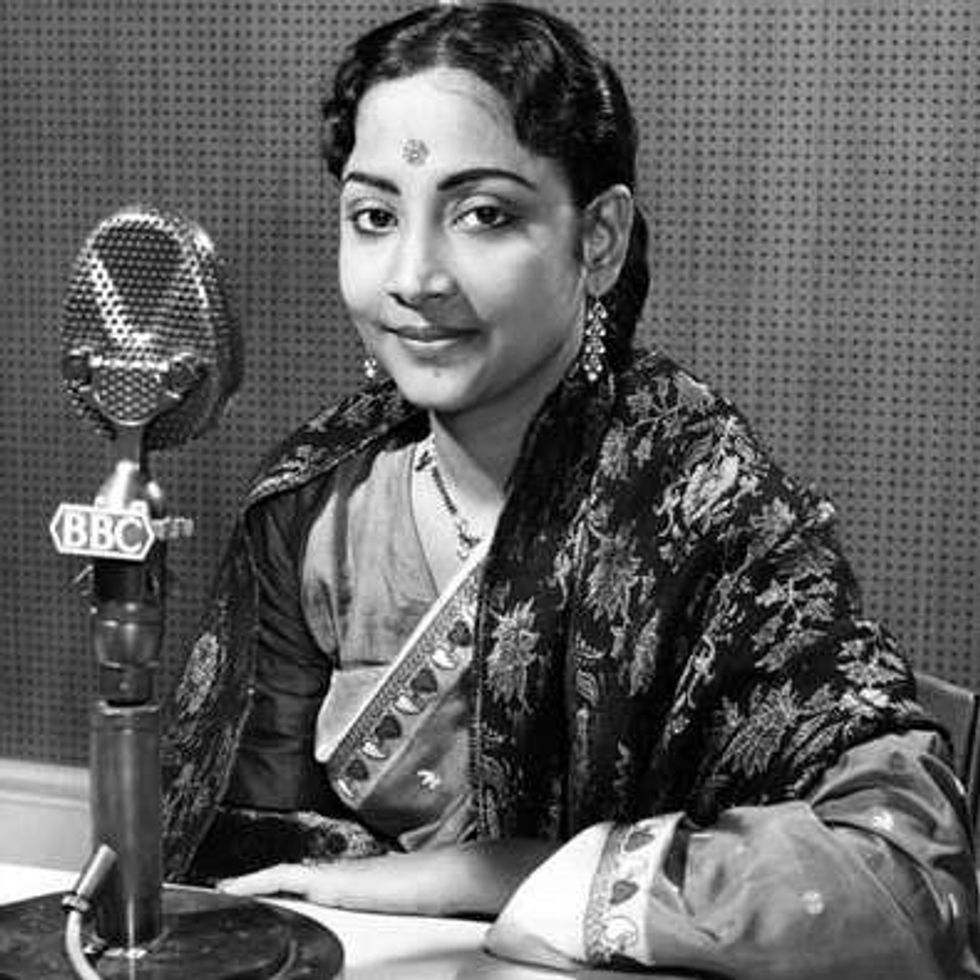 Geeta DuttAMG
Geeta DuttAMG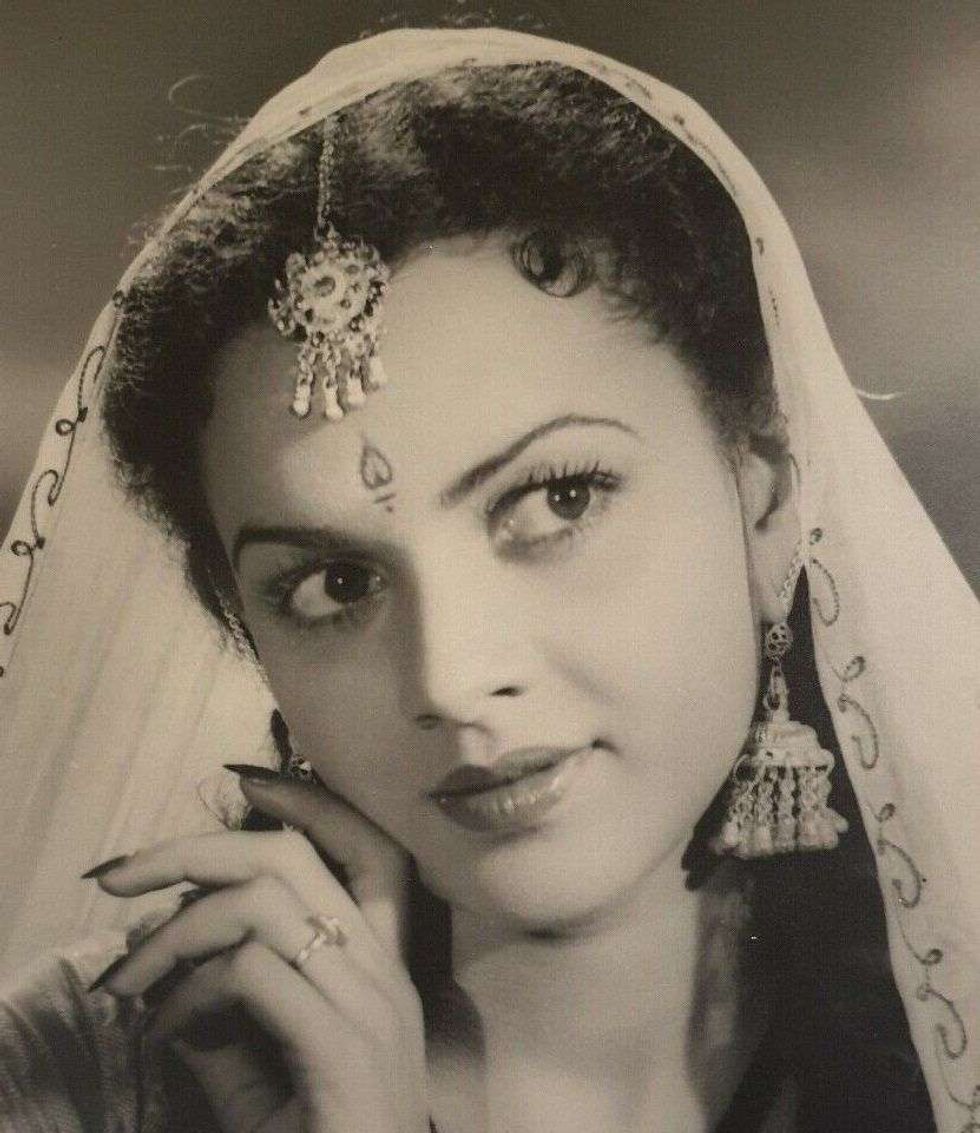 CuckooAMG
CuckooAMG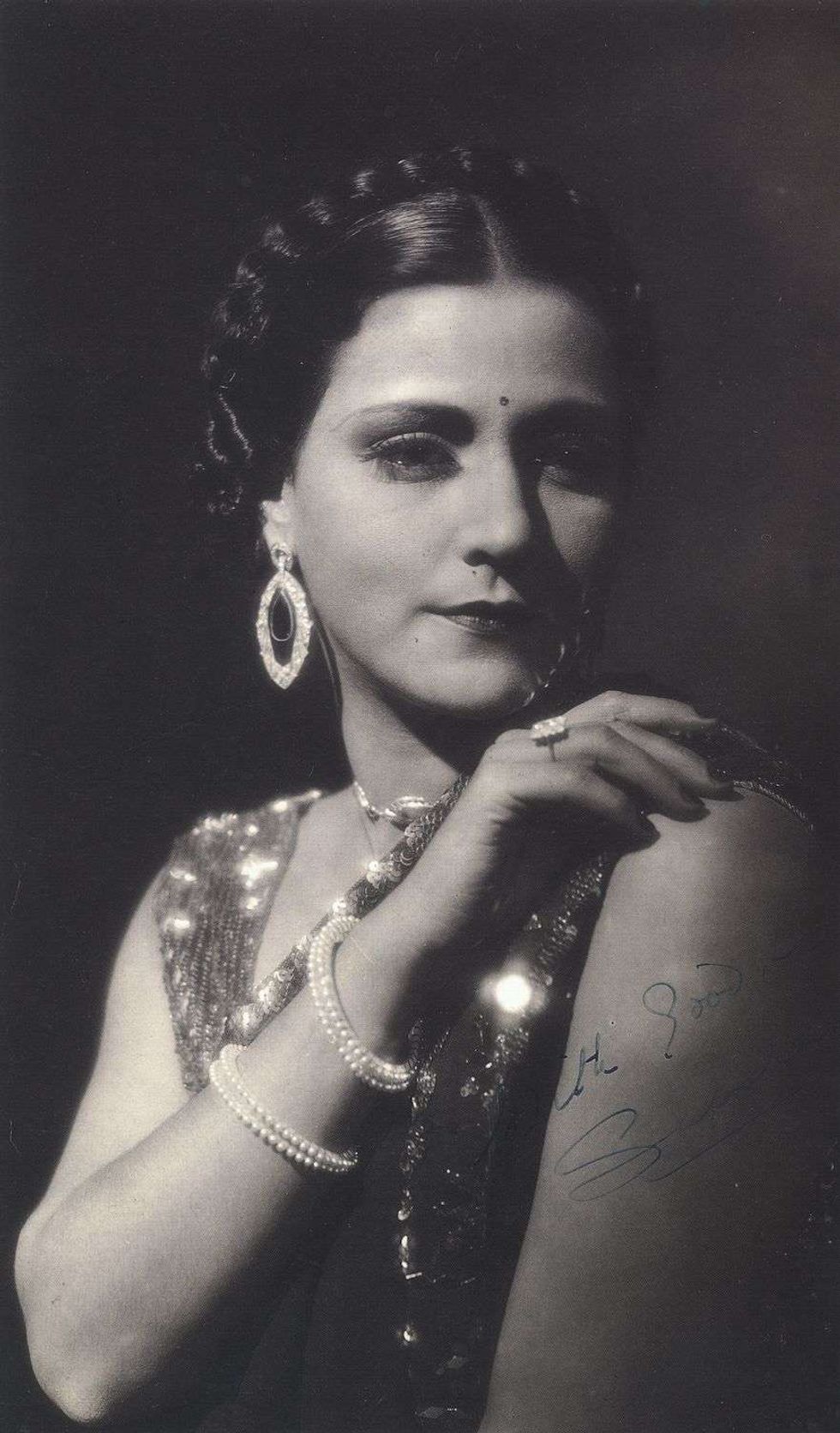 Sulochana aka Ruby MyersAMG
Sulochana aka Ruby MyersAMG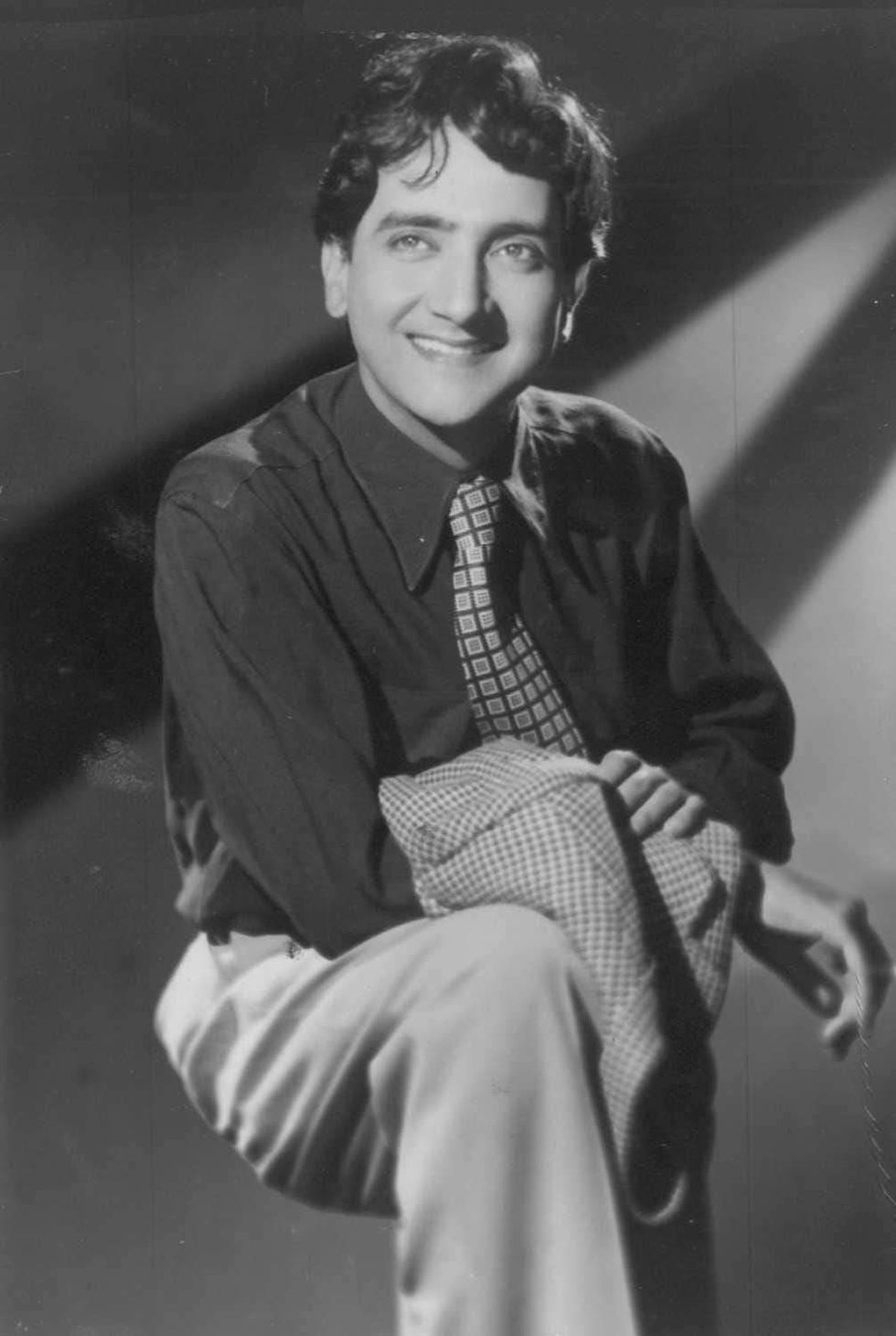 Bharat Bhushan AMG
Bharat Bhushan AMG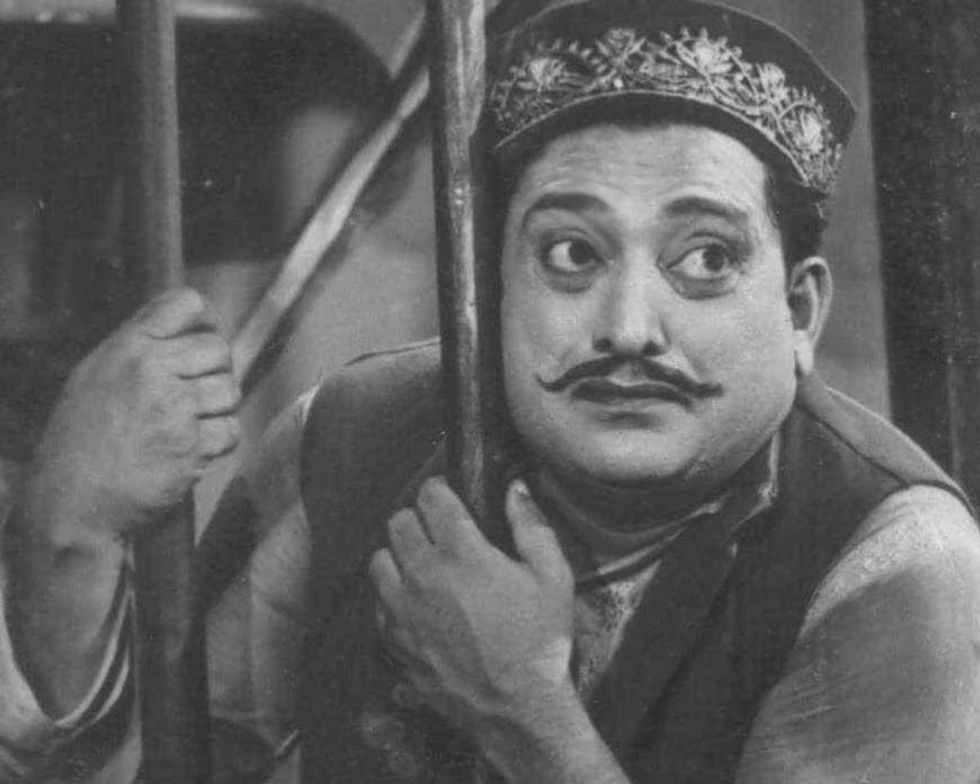 Bhagwan DadaAMG
Bhagwan DadaAMG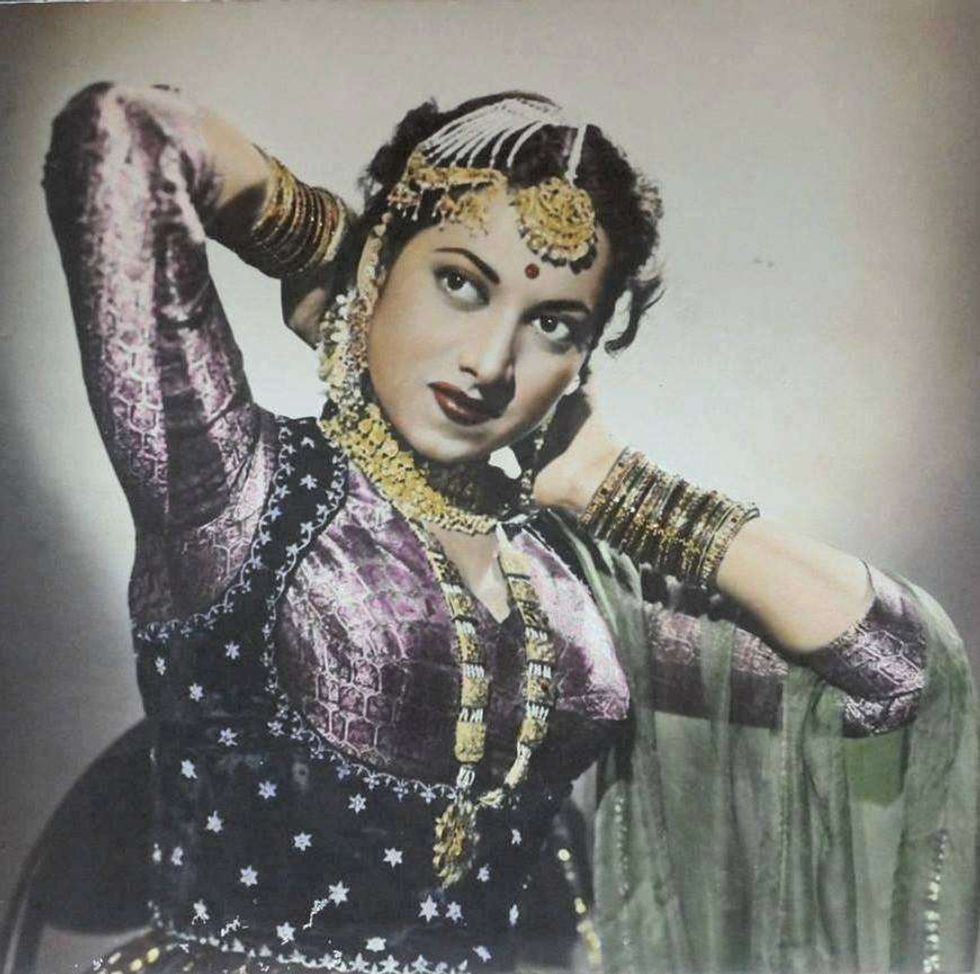 SuraiyaAMG
SuraiyaAMG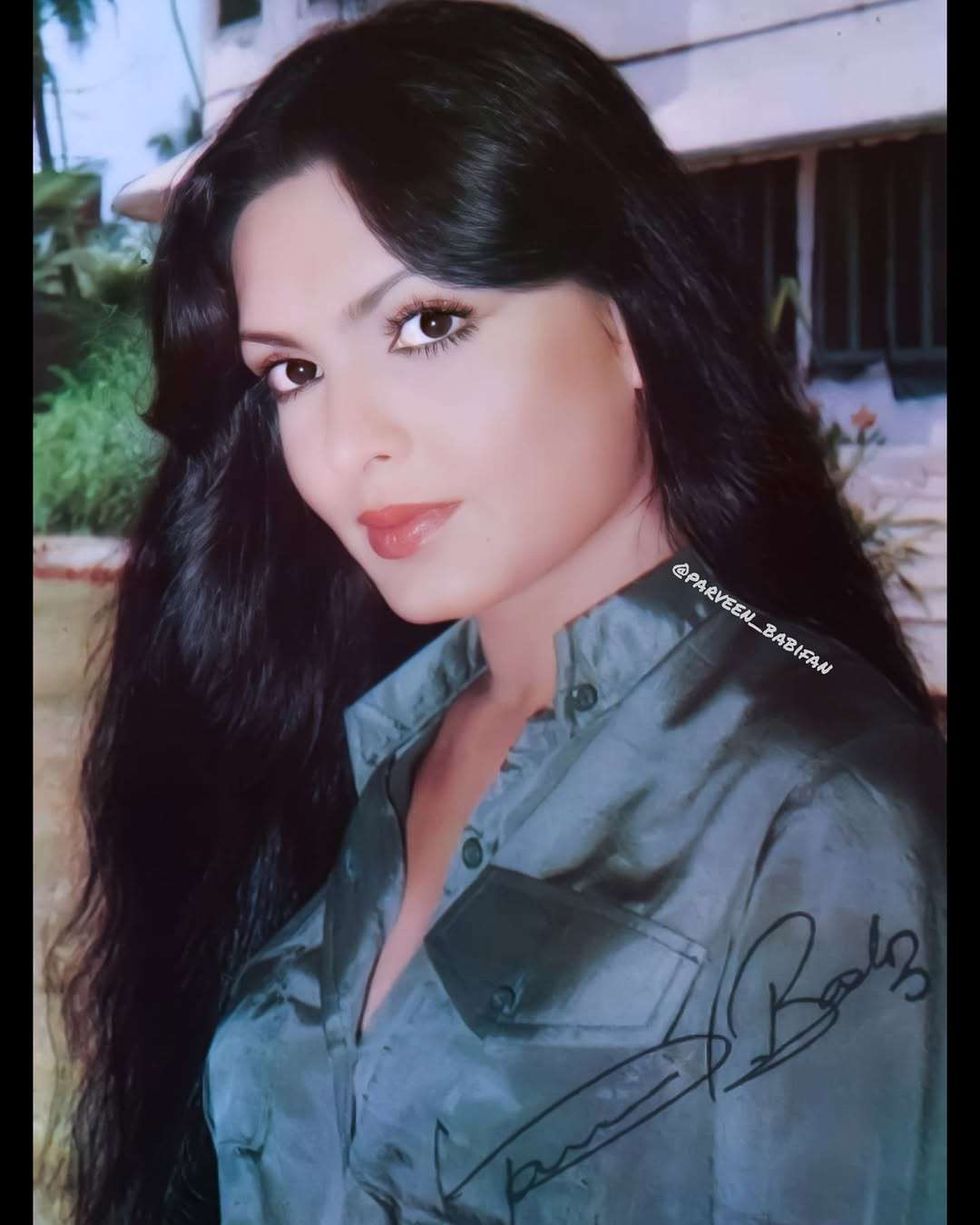 Parveen BabiInstagram/ Parveen_babifan
Parveen BabiInstagram/ Parveen_babifan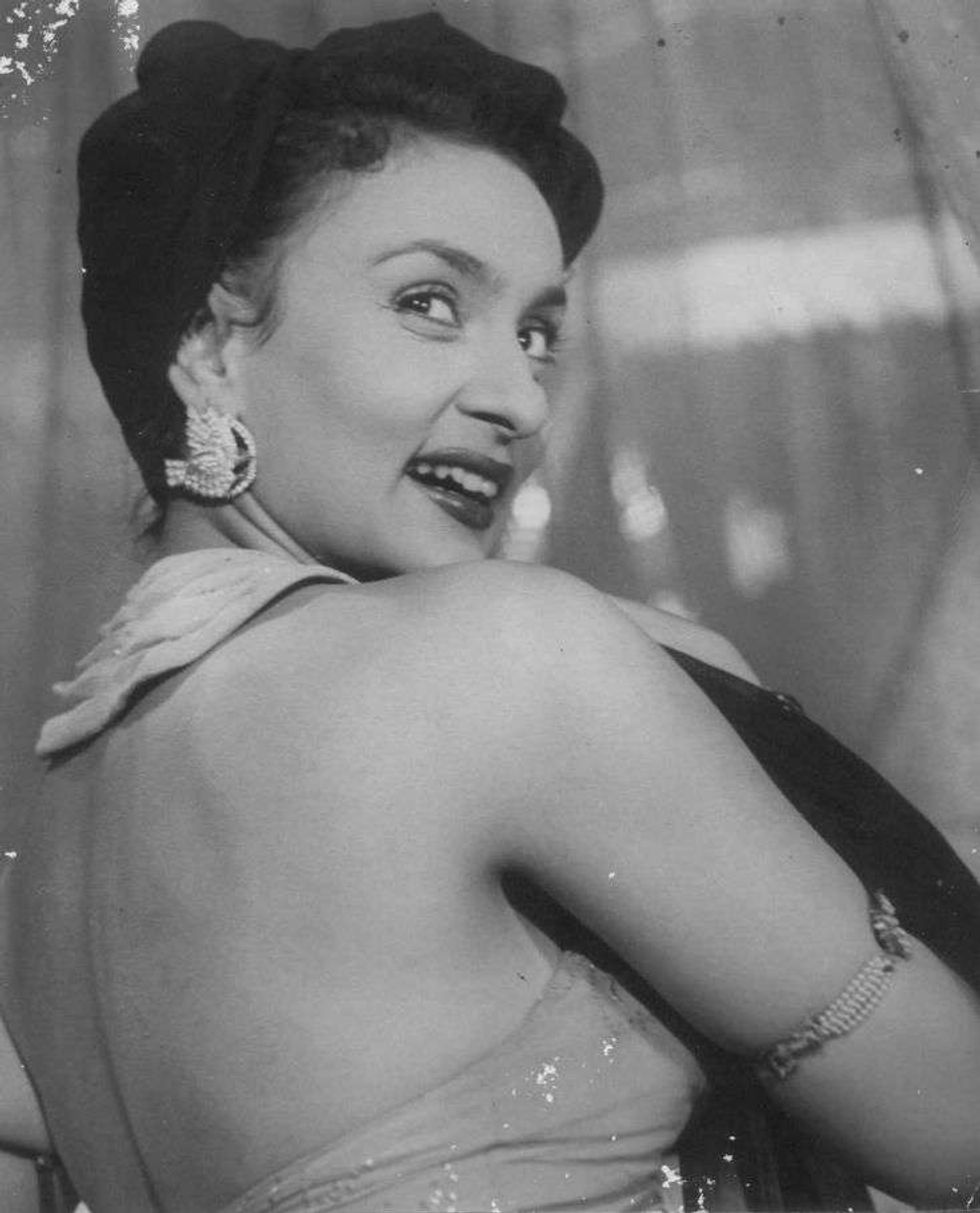 NadiraAMG
NadiraAMG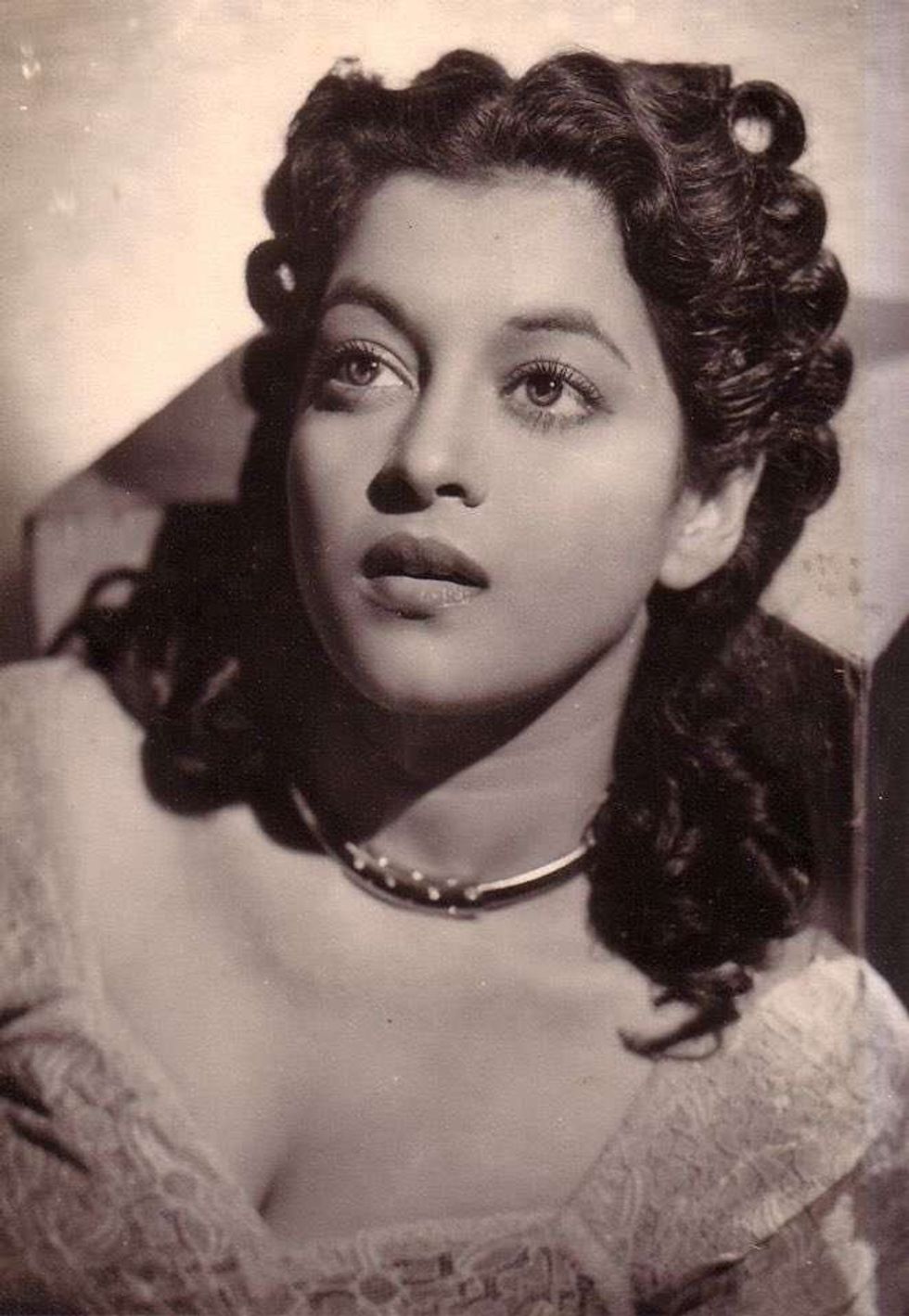 Nalini Jaywant AMG
Nalini Jaywant AMG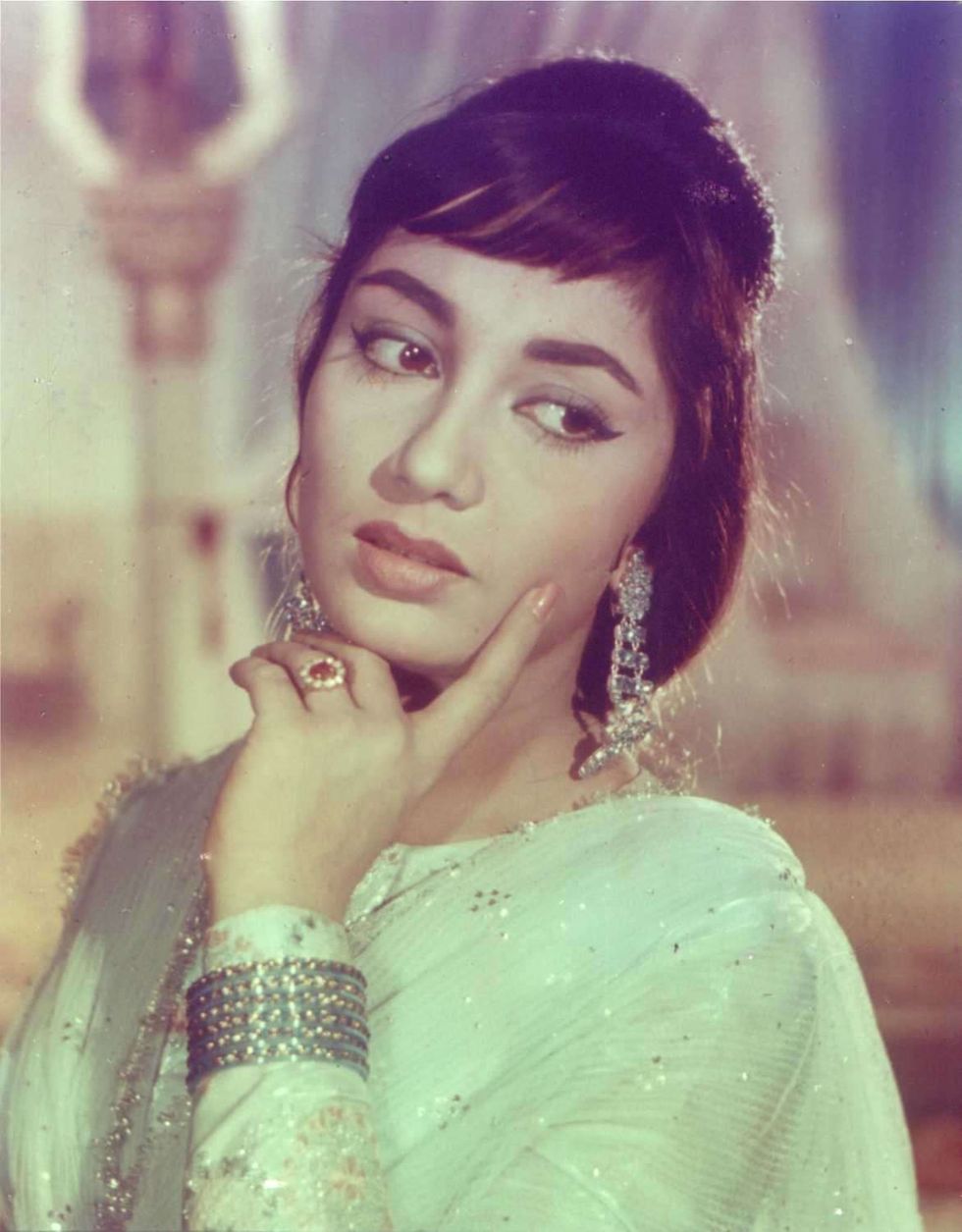 SadhanaAMG
SadhanaAMG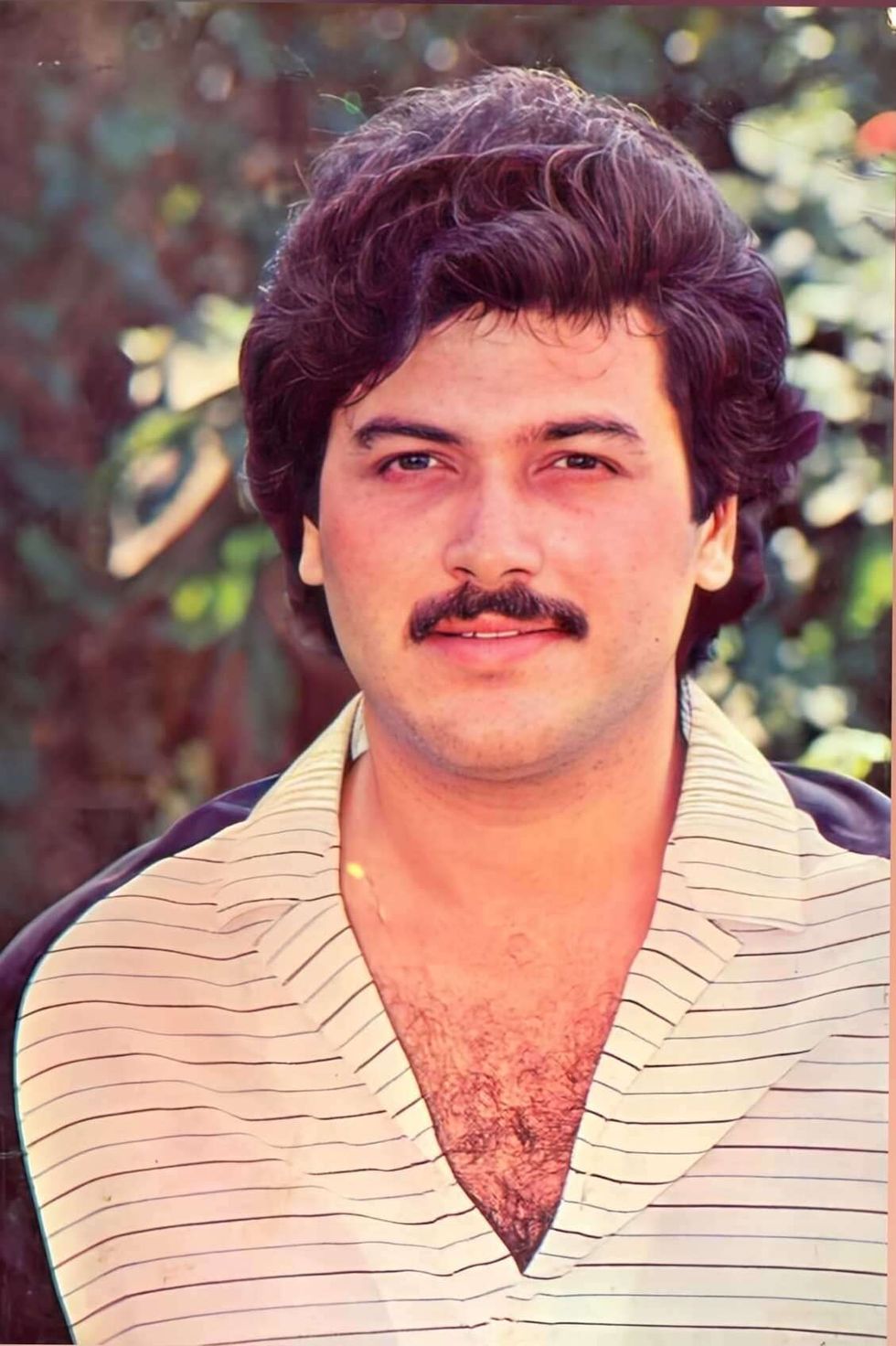 Raj KiranAMG
Raj KiranAMG
